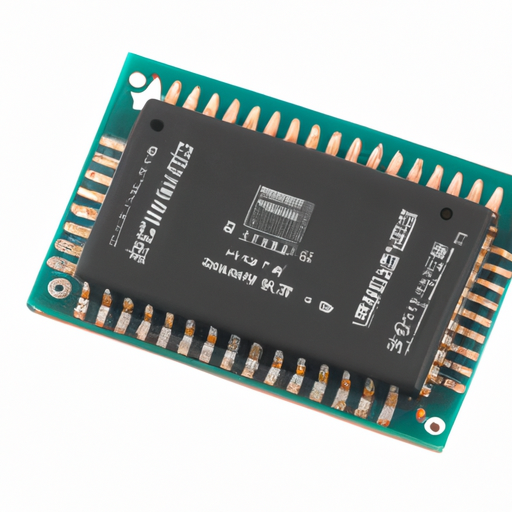What is the mainstream neutral point resistor production process?
The production process of mainstream neutral point resistors typically includes the following steps:

2. Cutting: Cutting the resistor material into appropriate sizes of sheets or strips.
3. Printing: Printing conductive patterns on the surface of the resistor material, typically using screen printing technology.
4. Welding: Welding the resistor material onto a circuit board or other substrate.
5. Encapsulation: Encapsulating the resistor in a casing to protect it from external environmental influences.
6. Testing: Conducting electrical performance tests on the resistor to ensure it meets specified resistance values and accuracy requirements.
7. Packaging: Packaging the resistor as a finished product, ready for sale.
The production process of mainstream neutral point resistors typically includes the following steps:

2. Cutting: Cutting the resistor material into appropriate sizes of sheets or strips.
3. Printing: Printing conductive patterns on the surface of the resistor material, typically using screen printing technology.
4. Welding: Welding the resistor material onto a circuit board or other substrate.
5. Encapsulation: Encapsulating the resistor in a casing to protect it from external environmental influences.
6. Testing: Conducting electrical performance tests on the resistor to ensure it meets specified resistance values and accuracy requirements.
7. Packaging: Packaging the resistor as a finished product, ready for sale.






